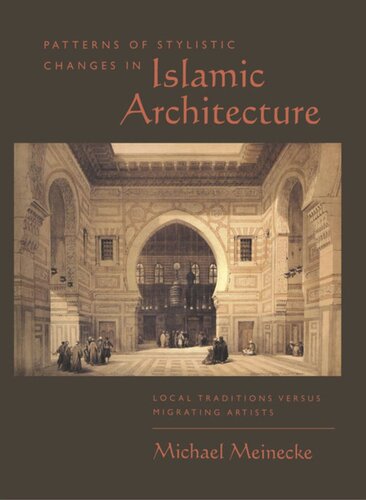

Most ebook files are in PDF format, so you can easily read them using various software such as Foxit Reader or directly on the Google Chrome browser.
Some ebook files are released by publishers in other formats such as .awz, .mobi, .epub, .fb2, etc. You may need to install specific software to read these formats on mobile/PC, such as Calibre.
Please read the tutorial at this link: https://ebookbell.com/faq
We offer FREE conversion to the popular formats you request; however, this may take some time. Therefore, right after payment, please email us, and we will try to provide the service as quickly as possible.
For some exceptional file formats or broken links (if any), please refrain from opening any disputes. Instead, email us first, and we will try to assist within a maximum of 6 hours.
EbookBell Team

4.7
36 reviewsDrawing upon a lifetime's knowledge, Patterns of Stylistic Change in Islamic Architecture presents Michael Meinecke's unique view of the evolution and development of Islamic architecture.
Departing from conventional method which groups buildings and monuments according to dynasties and defines national characteristics based on the ethnic origins of Arabic, Persian, or Turkish patrons, Meinecke emphasizes the similarities which resulted from interrelations among neighboring or far-away areas. He argues that transformations in the development of Islamic architecture can be explained by the movements of skilled craftsmen who traveled extensively in their search for challenging work, allowing for their influence to be felt across a broad region.
Meinecke's unique approach to Islamic architecture will no doubt inspire others to emulate his approach in studying other regions or areas. Few, however, will be able to attain the consummate mastery of the subject which enlivens these essays.